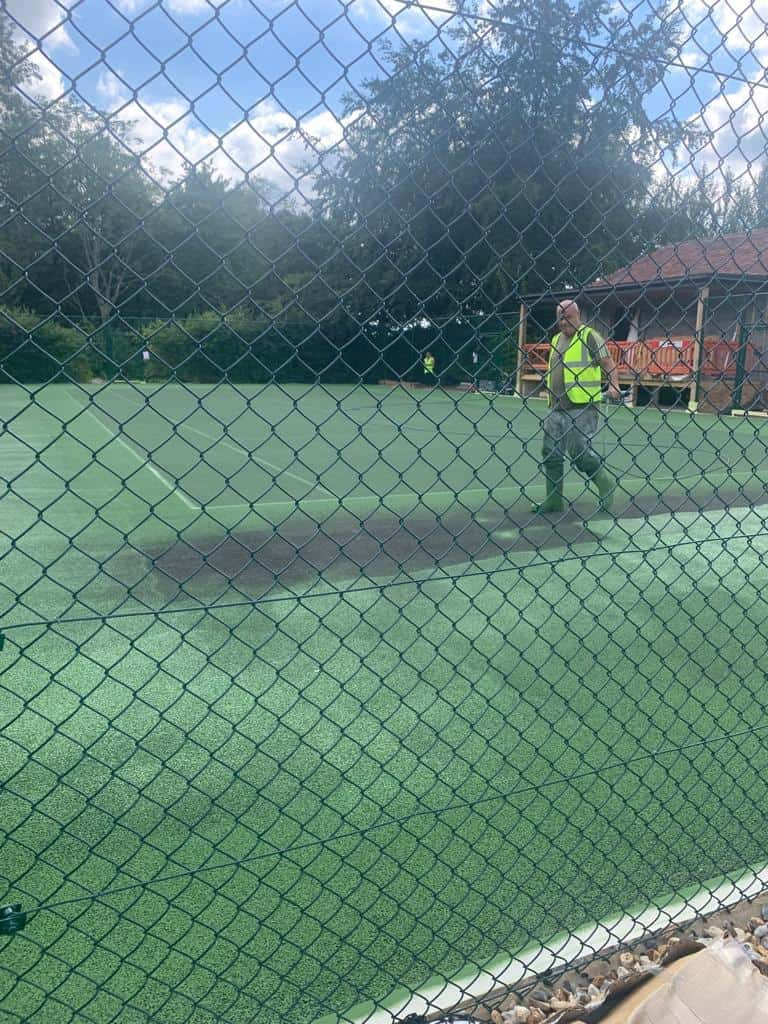Introduction: Building a tennis court is a significant project that requires careful planning and expert guidance. Whether you’re a homeowner considering a private tennis court or a facility manager looking to install a public court, you likely have questions about the process. This blog post will address some of the most frequently asked questions about tennis court construction, providing expert answers and valuable tips to help you make informed decisions.
What are the key factors when planning a tennis court construction project?
Location: Choose a suitable location with adequate space, proper drainage, and good sun exposure.
Court Type: Decide between hard (asphalt or concrete) and soft (clay or grass) court surfaces based on your preferences and budget.
Budget: Determine your budget for the entire project, including court construction, fencing, and lighting.
What is the ideal size for a tennis court?
A standard tennis court is 78 feet long and 36 feet wide for singles, while the width increases to 78 feet for doubles.
What is the best surface for a tennis court?
The choice of surface depends on factors like climate, maintenance, and playability. Hardcourt surfaces are common due to their durability and low maintenance, but other surfaces like clay and grass have advantages.
How long does it take to build a tennis court?
The construction timeline varies depending on site preparation, surface type, and weather conditions. On average, it can take several weeks to a few months.
Do I need planning permission to build a tennis court on my property?
Regulations vary by location, so it’s crucial to check with your local planning department to determine if you need permits or approvals for your project.
What are the maintenance requirements for a tennis court?
Regular maintenance includes cleaning, resurfacing, and net replacement. The frequency depends on usage, weather conditions, and the court’s surface type.
How can I ensure proper drainage for the court?
Adequate drainage is critical to prevent water accumulation and court damage. Proper grading, a subsurface drainage system, and permeable surfaces can help manage water effectively.
Can I install lights for night play?
Yes, you can install lighting to extend play hours. LED lighting is energy-efficient and provides excellent visibility.
What should I look for in a tennis court construction contractor?
Experience: Choose a contractor with a proven track record in tennis court construction.
Licensing: Ensure the contractor is licensed and insured.
References: Ask for references and view previous projects to assess quality.
Clear Contract: Have a detailed contract outlining the scope of work, materials, timeline, and payment terms.
What is the estimated cost of tennis court construction?
Costs vary significantly based on court size, surface type, fencing, and lighting. It’s advisable to obtain multiple quotes from reputable contractors.
Conclusion: Tennis court construction is an exciting endeavour but requires careful planning and expert guidance to ensure a successful project. You can make informed decisions by considering factors such as location, surface type, budget, and maintenance needs. When choosing a contractor, prioritise experience, references, and clear contracts to ensure your tennis court construction project runs smoothly. A well-constructed tennis court can provide years of enjoyment and value for private or public use.
Call us on: 01580 234 693
Click here to find out more about Tennis Court Construction Kent
Click here to complete our contact form and see how we can help with your court needs.

